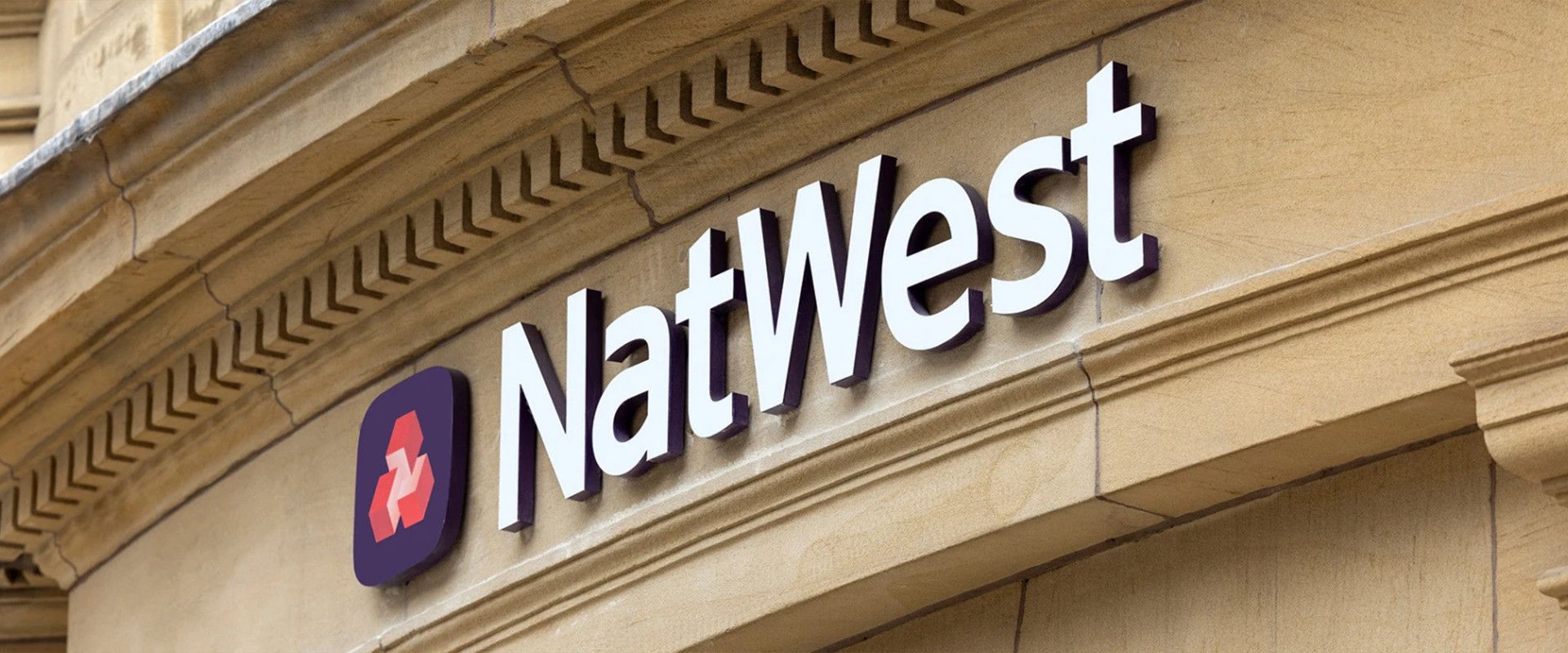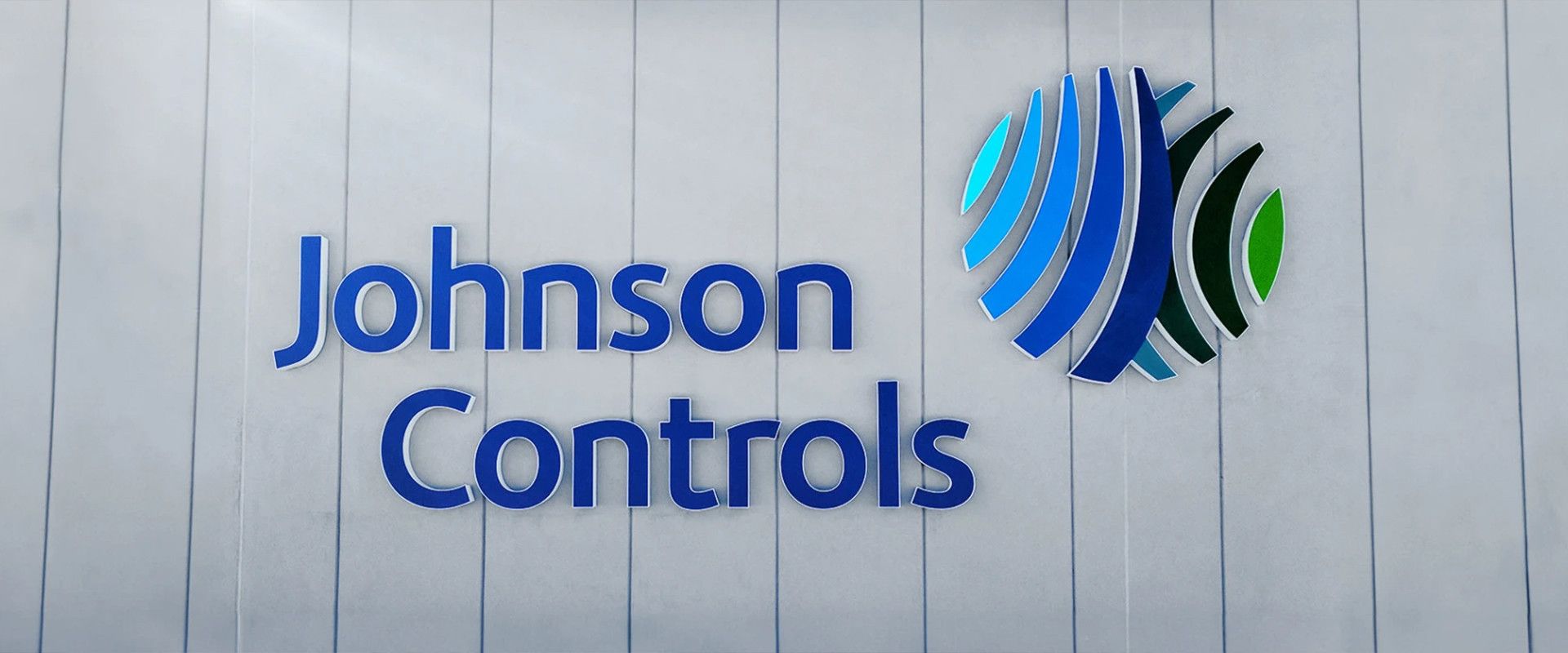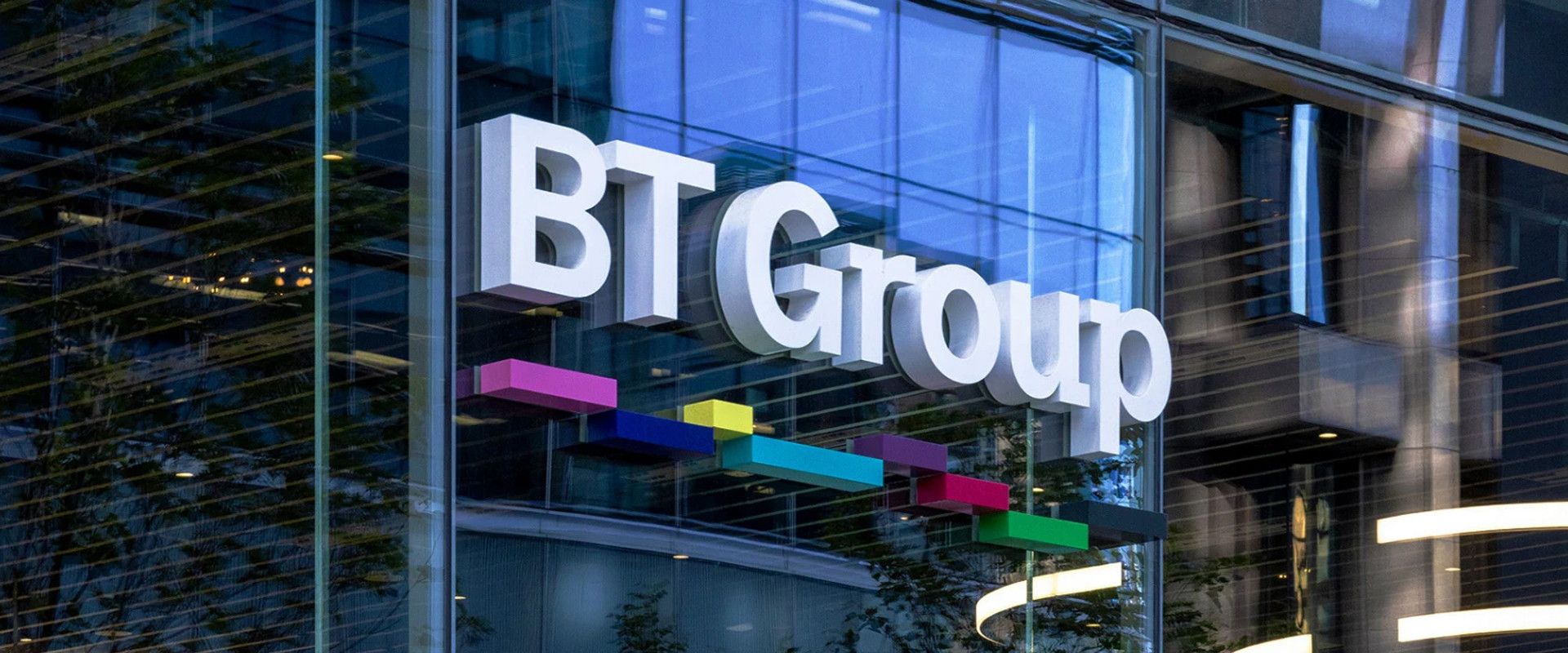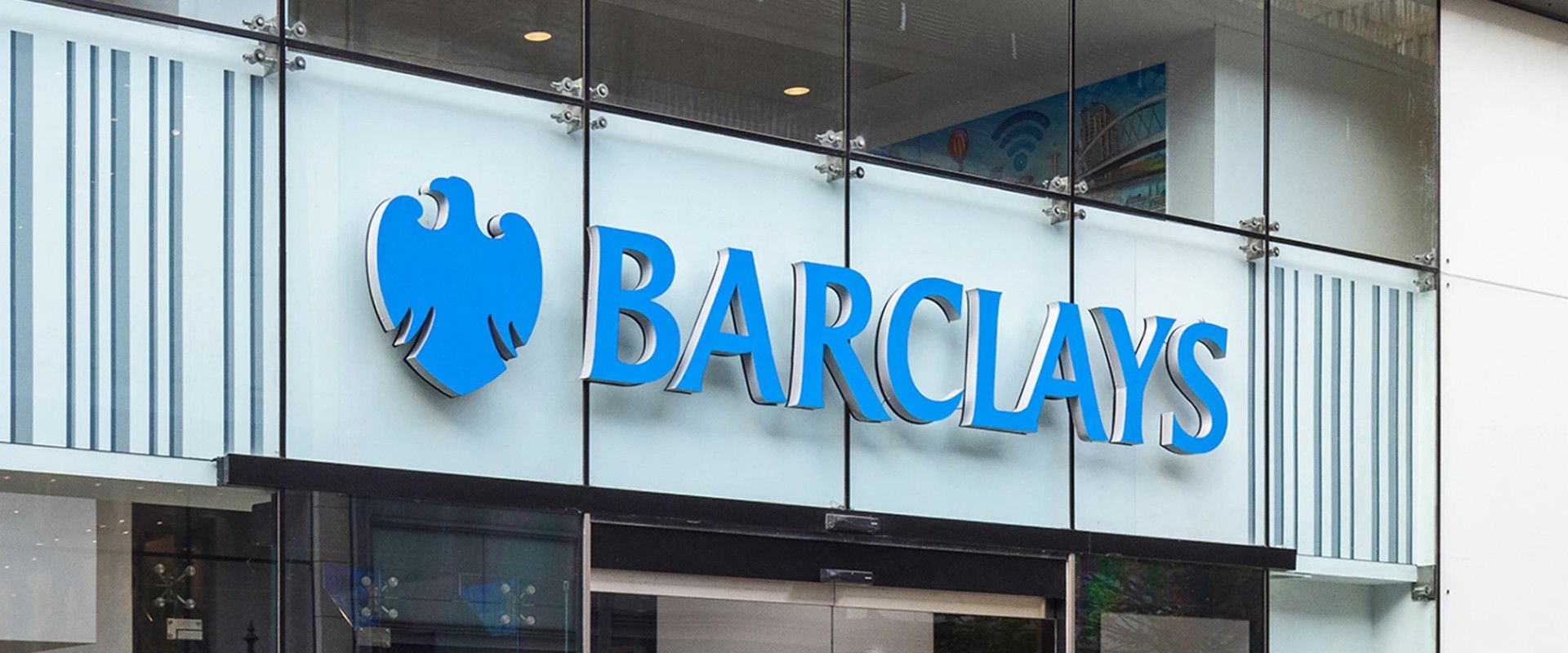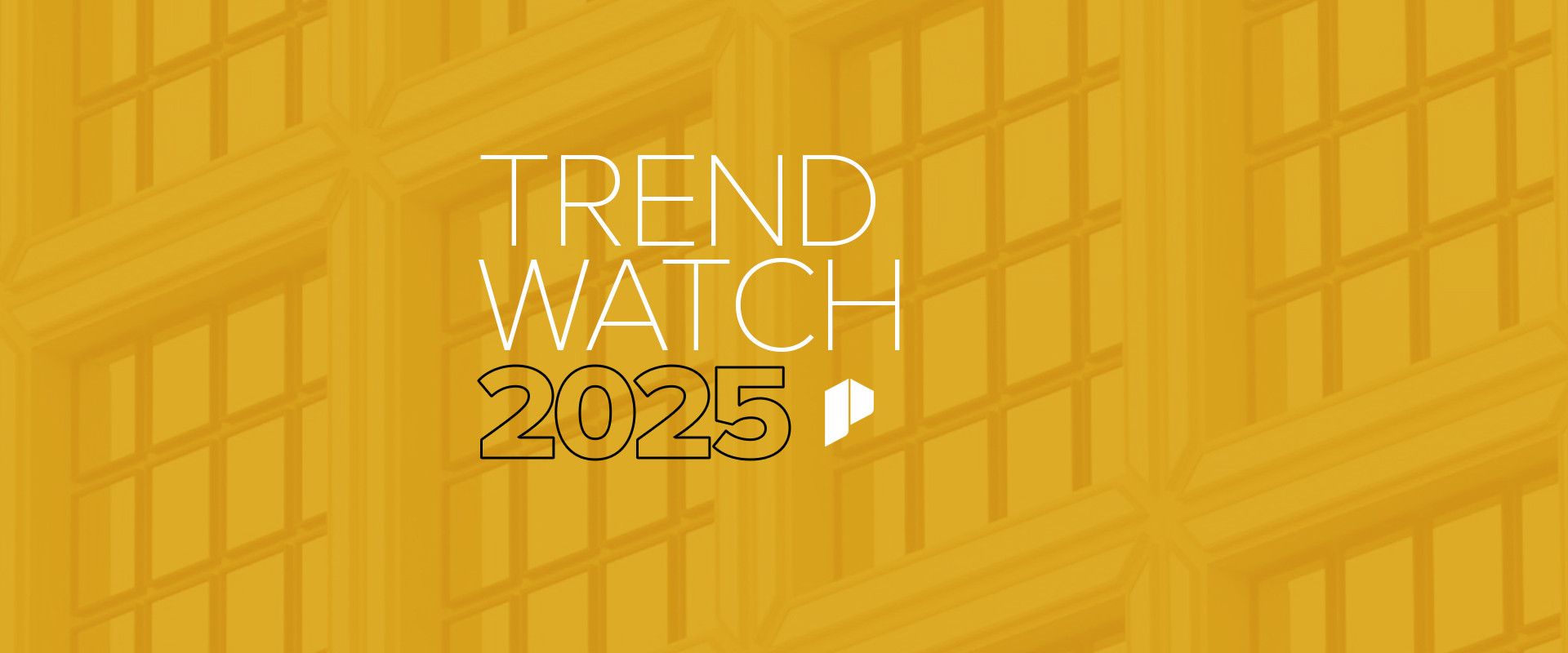
Trend Watch 2025: Sustainability, minimalism and customer journeys set the scene for the year ahead
- Sustainability is now the standard – Discover how global brands are embedding environmental responsibility into every stage of signage design and delivery.
- Smarter lighting, lower impact – See how cutting-edge LED/OLED solutions are reducing emissions while enhancing brand visibility.
- Minimalism goes global – Learn why timeless, stripped-back design is resonating with international audiences and digital platforms.
- Wayfinding meets inclusivity – Explore how accessibility and customer journeys are reshaping the way corporate signage guides and connects.
- Tech, storytelling and connection – Understand how evolving consumer expectations and digital tools are redefining global brand activation.


